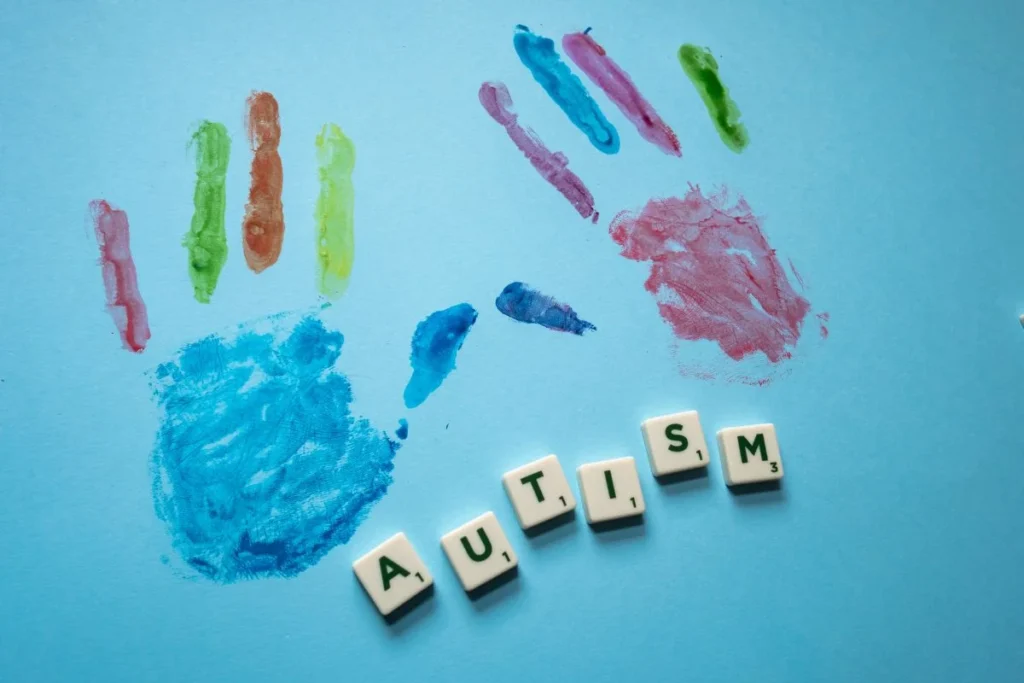Autistic meltdowns are intense responses to overwhelming situations that can be triggered by various factors such as sensory overload, changes in routine, or difficulty communicating. Autistic individuals may experience meltdowns differently from each other, but common signs include crying, screaming, hitting, or self-injurious behavior.
It is important to understand that meltdowns are not tantrums or intentional misbehavior, but rather involuntary reactions to heightened emotions and stress. Autistic individuals may have difficulty regulating their emotions and communicating their needs during a meltdown, which can make it challenging for caregivers or family members to provide support.
During a meltdown, it is essential to prioritize the safety and well-being of the individual. Caregivers should avoid using physical restraint or punishment, which can escalate the situation and cause further distress. Instead, they should create a calm and safe environment by removing any triggers, reducing sensory input, and providing a comforting presence.
It is also important to give the individual space and time to recover after a meltdown. Autistic individuals may feel exhausted and overwhelmed after a meltdown and may need rest or a calming activity to help them regain their composure. Caregivers should avoid discussing the meltdown or addressing any dangerous behavior immediately after it occurs, as the individual may not be able to engage in a productive conversation at that time.
By understanding the nature of autistic meltdowns and providing appropriate support, caregivers can help autistic individuals navigate these challenging experiences and minimize the risk of harm or further distress.
Immediate Response Strategies
When an individual with autism experiences a meltdown, it can be a challenging and overwhelming experience for both the individual and those around them. However, several strategies can be used to help manage and de-escalate the situation.
The first and most important strategy is to remain calm and offer support. It is essential to remember that the individual is not intentionally trying to cause harm or act out, but rather is experiencing a sensory overload. By remaining calm, the individual will feel supported and less likely to become more agitated.
Creating a safe space is another effective strategy. This can be done by removing any potential triggers and providing a calming environment. For example, dimming the lights, turning off any loud noises, and providing a weighted blanket or sensory toy can help to create a calming environment
During a meltdown, it is important to use minimal verbal communication. The individual may have difficulty processing information and may become more agitated if they feel overwhelmed. Instead, use nonverbal communication such as gestures or visual cues to help them understand what is happening.
Finally, it is essential to allow for sensory needs. This can be done by providing a quiet space for the individual to retreat to, or by providing sensory items such as headphones or a weighted blanket. By allowing the individual to regulate their sensory input, they are more likely to recover from the meltdown more quickly.
Post-Meltdown Care
After an autistic meltdown, the person may feel exhausted and drained. It is essential to provide comfort and reassurance to help them feel safe and calm. Here are some ways to provide post-meltdown care:
Provide Comfort and Reassurance
The person may feel embarrassed or ashamed after a meltdown. They may also feel overwhelmed and confused. It is essential to provide comfort and reassurance to help them feel safe and calm. Here are some ways to provide comfort and reassurance:
- Give them a quiet and safe space to rest.
- Offer them a favorite blanket or stuffed animal.
- Provide them with a sensory-friendly environment.
- Use a calm and soothing voice to talk to them.
- Offer them water or a snack if they want it.
Discuss the Meltdown Calmly
It may be tempting to discuss what triggered the meltdown or address dangerous behavior that occurred during the meltdown. However, it is crucial to wait until the person is calm and ready to talk. Here are some ways to discuss the meltdown calmly:
- Wait until the person is ready to talk.
- Use a calm and non-judgmental tone of voice.
- Ask open-ended questions to encourage them to share their feelings and thoughts.
- Validate their feelings and let them know that you understand.
- Work together to come up with a plan to prevent future meltdowns.
By providing comfort and reassurance and discussing the meltdown calmly, you can help the person feel safe and supported after an autistic meltdown.
Long-Term Strategies
When caring for someone with autism, it’s important to develop long-term strategies to help prevent and manage meltdowns. Here are some effective strategies that can help:
Identify Triggers and Patterns
One of the most important things you can do is to identify the triggers and patterns that lead to meltdowns. This can be done by keeping a journal or log of the person’s behavior, activities, and environment. Look for patterns in behavior, such as specific times of day or situations that seem to trigger meltdowns. Once you identify the triggers, you can work to avoid or minimize them.
Develop a Meltdown Plan
It’s important to have a plan in place for managing meltdowns when they do occur. This plan should be tailored to the individual’s needs and preferences. Some things to consider included in the plan are calming techniques, sensory tools, and a safe space where the person can go to calm down. It’s also important to have a plan for after the meltdown, such as rest and self-care.
Learn Communication Techniques
Communication is key when caring for someone with autism. It’s important to learn effective communication techniques that can help prevent meltdowns and manage them when they do occur. This may include using visual aids, such as picture schedules or social stories, to help the person understand expectations and routines. It’s also important to use clear and concise language and to avoid overstimulation.
Seek Professional Support
Finally, it’s important to seek professional support when caring for someone with autism. This may include working with a therapist or counselor who specializes in autism or consulting with a behavior specialist who can help develop effective strategies for managing meltdowns. It’s also important to build a support network of family, friends, and other caregivers who can offer support and respite.
Educational Resources and Support
Autistic meltdowns can be overwhelming and confusing for both the individual experiencing them and their loved ones. It is important to have access to educational resources and support to better understand and navigate these situations.
Find Support Groups
Support groups can provide a safe and understanding community for individuals with autism and their families. These groups can offer emotional support, advice, and a sense of belonging. Online support groups, such as those found on Facebook or Reddit, can also be a valuable resource for those seeking immediate help or advice.
Educate Family and Peers
Educating family members and peers about autism and meltdowns can help create a more supportive and understanding environment. This can include sharing articles, books, or videos that explain the experience of autism and how to best support individuals during a meltdown. It is important to emphasize the importance of patience, empathy, and non-judgmental support.
Access Educational Materials
There are many educational materials available that can provide insight into autism and meltdowns. This can include books, articles, and videos created by experts in the field, as well as firsthand accounts from individuals with autism. It is important to seek out reputable sources and avoid misinformation or harmful stereotypes.
By finding support groups, educating family and peers, and accessing educational materials, individuals with autism and their loved ones can better understand and navigate the experience of meltdowns.







